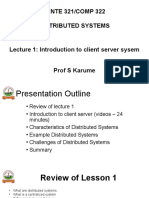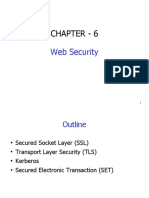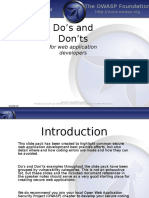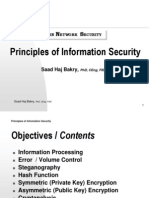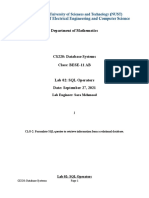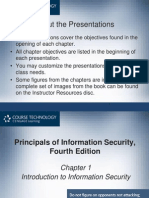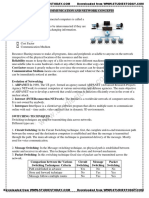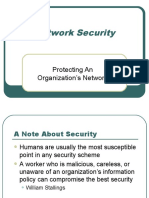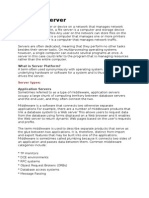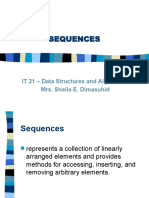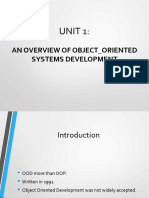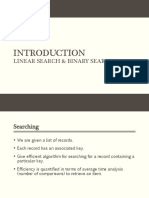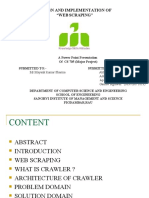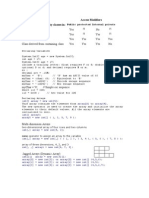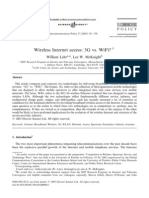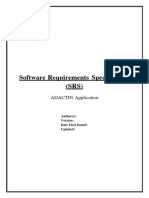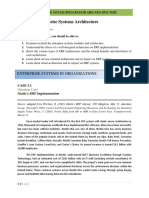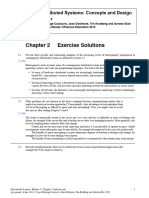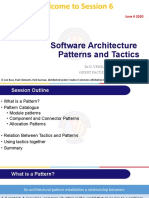67% found this document useful (3 votes)
4K views12 pagesClient Server Architecture For DOT NET
The document discusses client-server architecture and its evolution. A basic client-server model involves a client requesting resources from a server. A 2-tier architecture has the server directly responding to requests using its own resources, while a 3-tier architecture introduces an intermediary application server that provides resources by calling another data server. This multi-tier model can scale to support multiple specialized servers.
Uploaded by
ArpitCopyright
© Attribution Non-Commercial (BY-NC)
We take content rights seriously. If you suspect this is your content, claim it here.
Available Formats
Download as PPT, PDF, TXT or read online on Scribd
67% found this document useful (3 votes)
4K views12 pagesClient Server Architecture For DOT NET
The document discusses client-server architecture and its evolution. A basic client-server model involves a client requesting resources from a server. A 2-tier architecture has the server directly responding to requests using its own resources, while a 3-tier architecture introduces an intermediary application server that provides resources by calling another data server. This multi-tier model can scale to support multiple specialized servers.
Uploaded by
ArpitCopyright
© Attribution Non-Commercial (BY-NC)
We take content rights seriously. If you suspect this is your content, claim it here.
Available Formats
Download as PPT, PDF, TXT or read online on Scribd
/ 12


